Thomas James Richards, Diaries, Transcript Vol. 4, 9 November 1916 - 31 May 1918 - Part 29
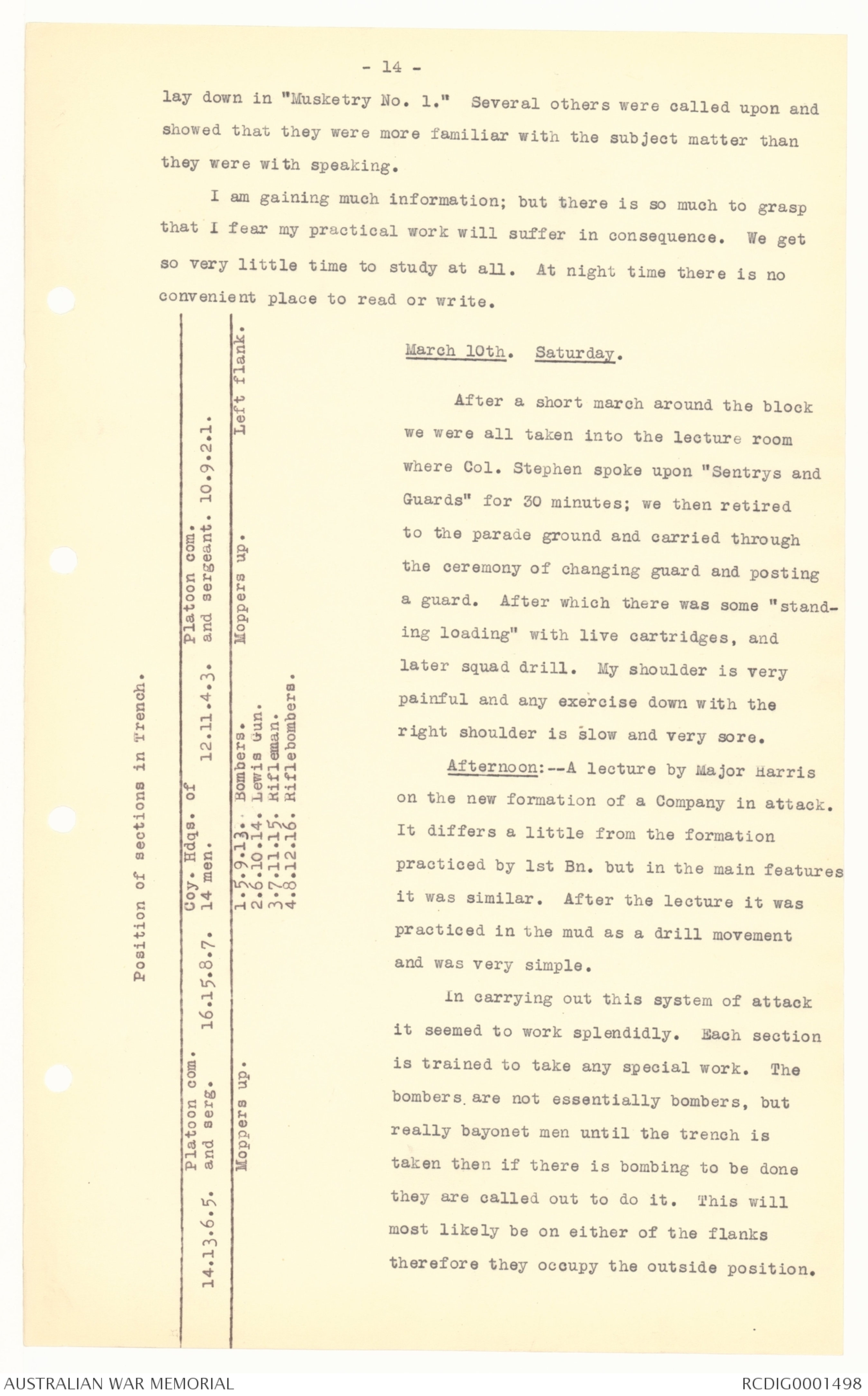
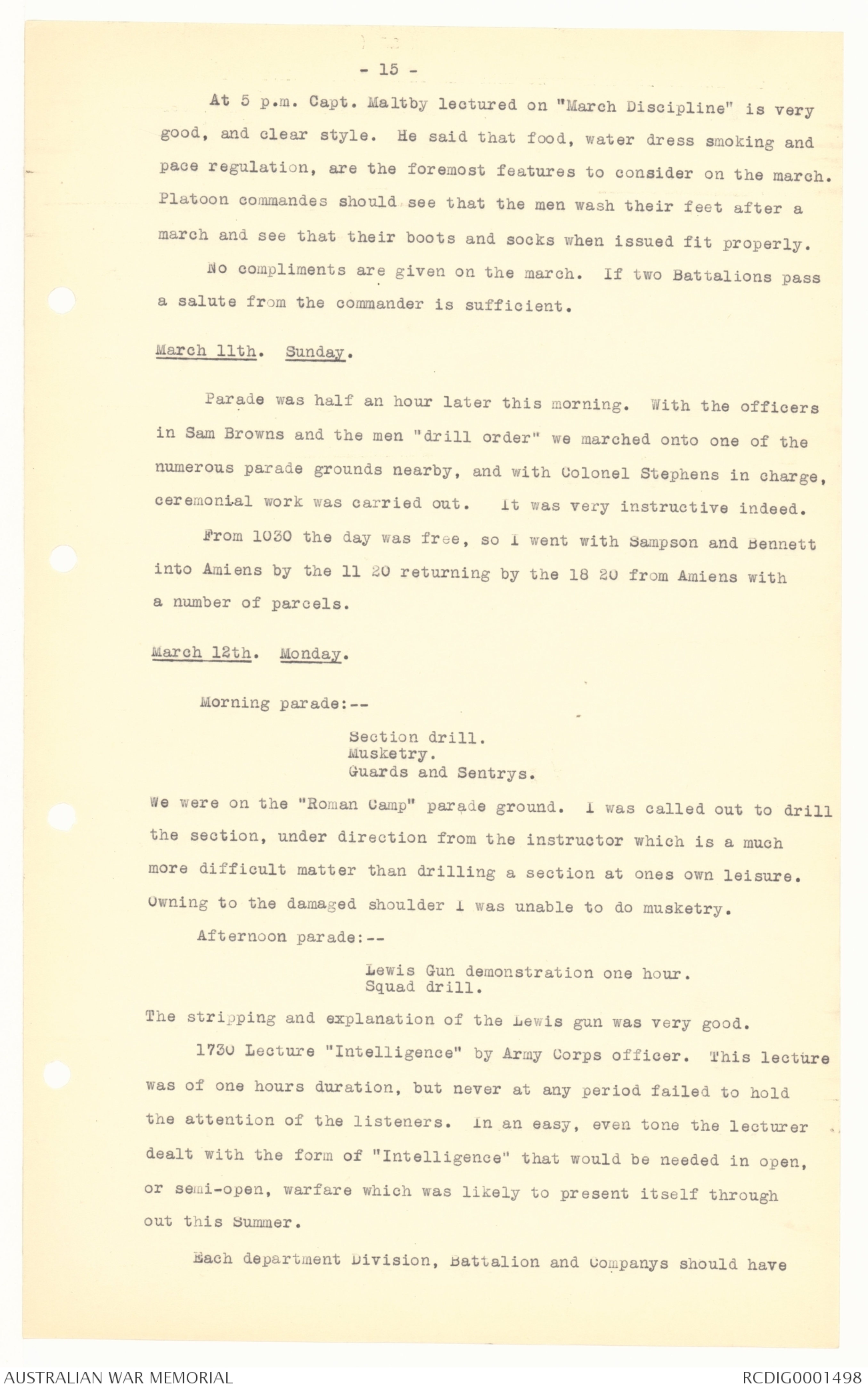

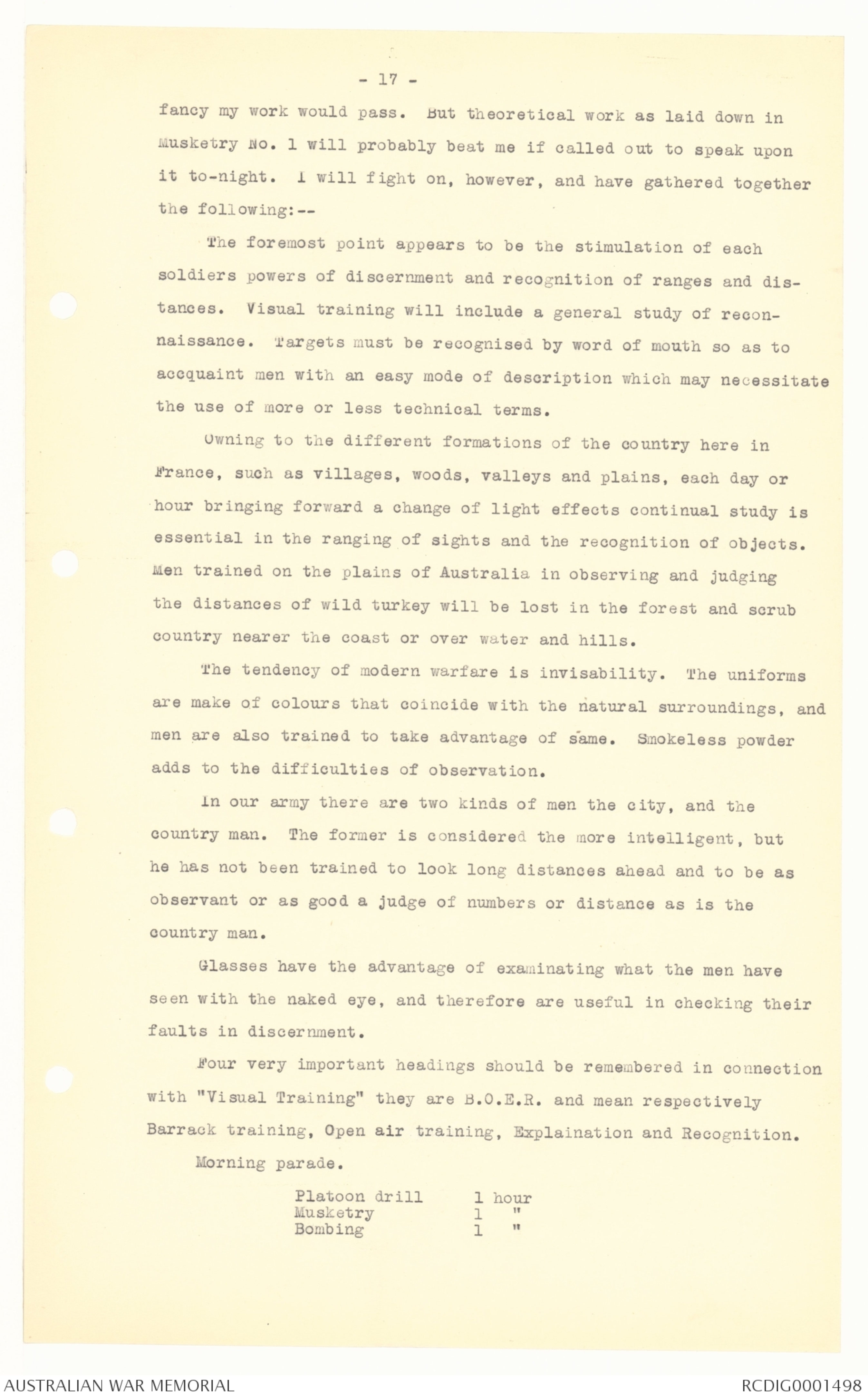
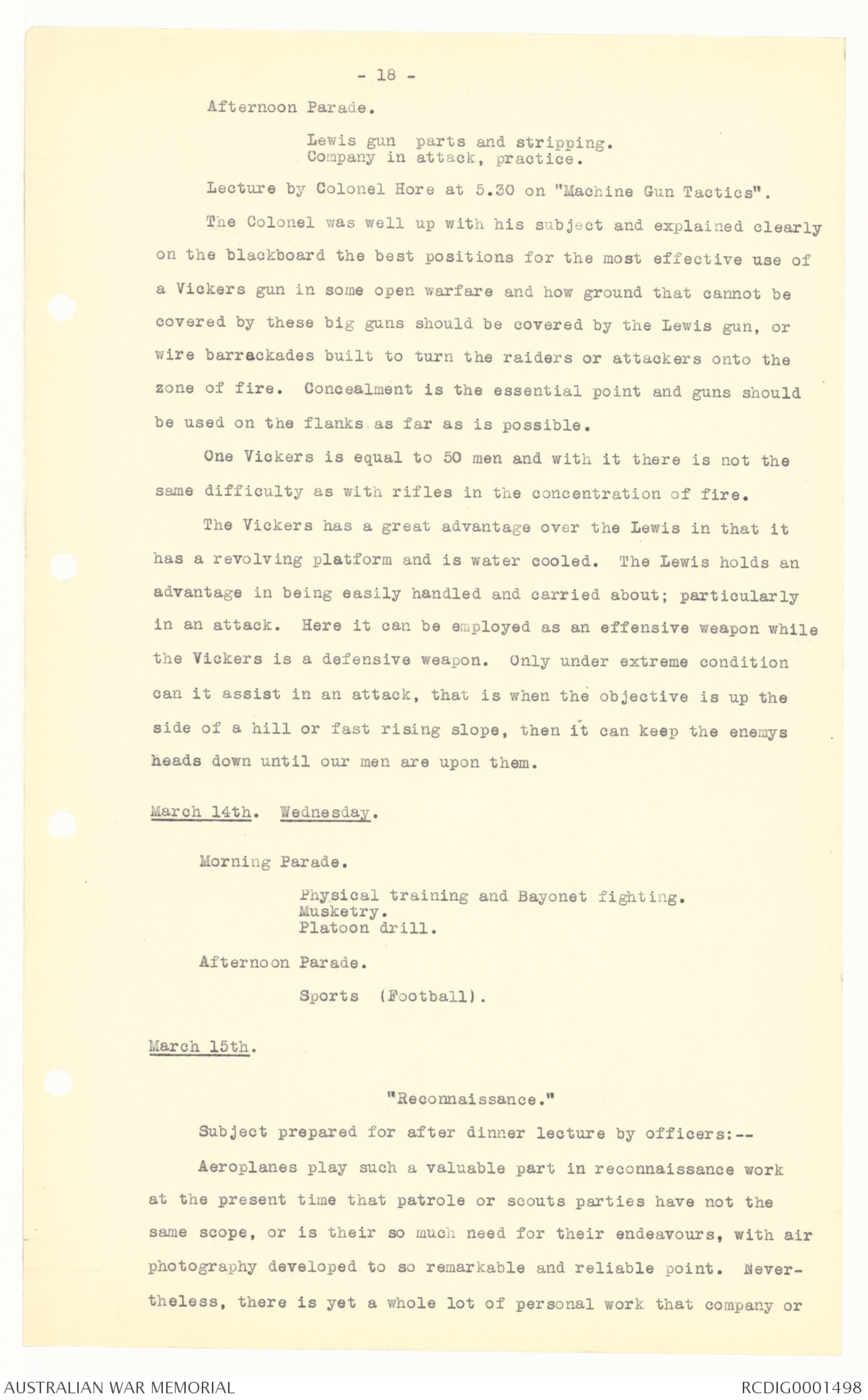
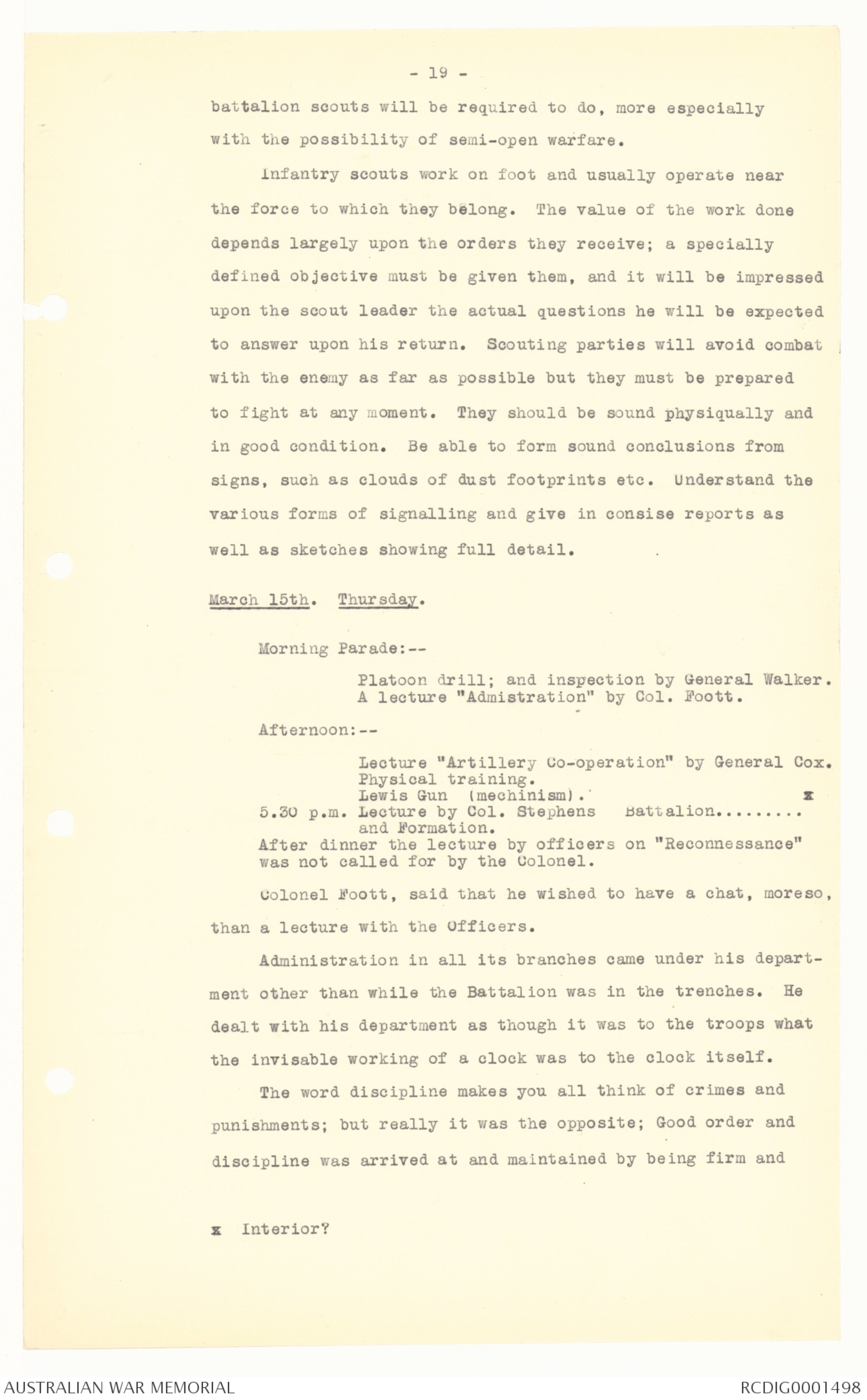
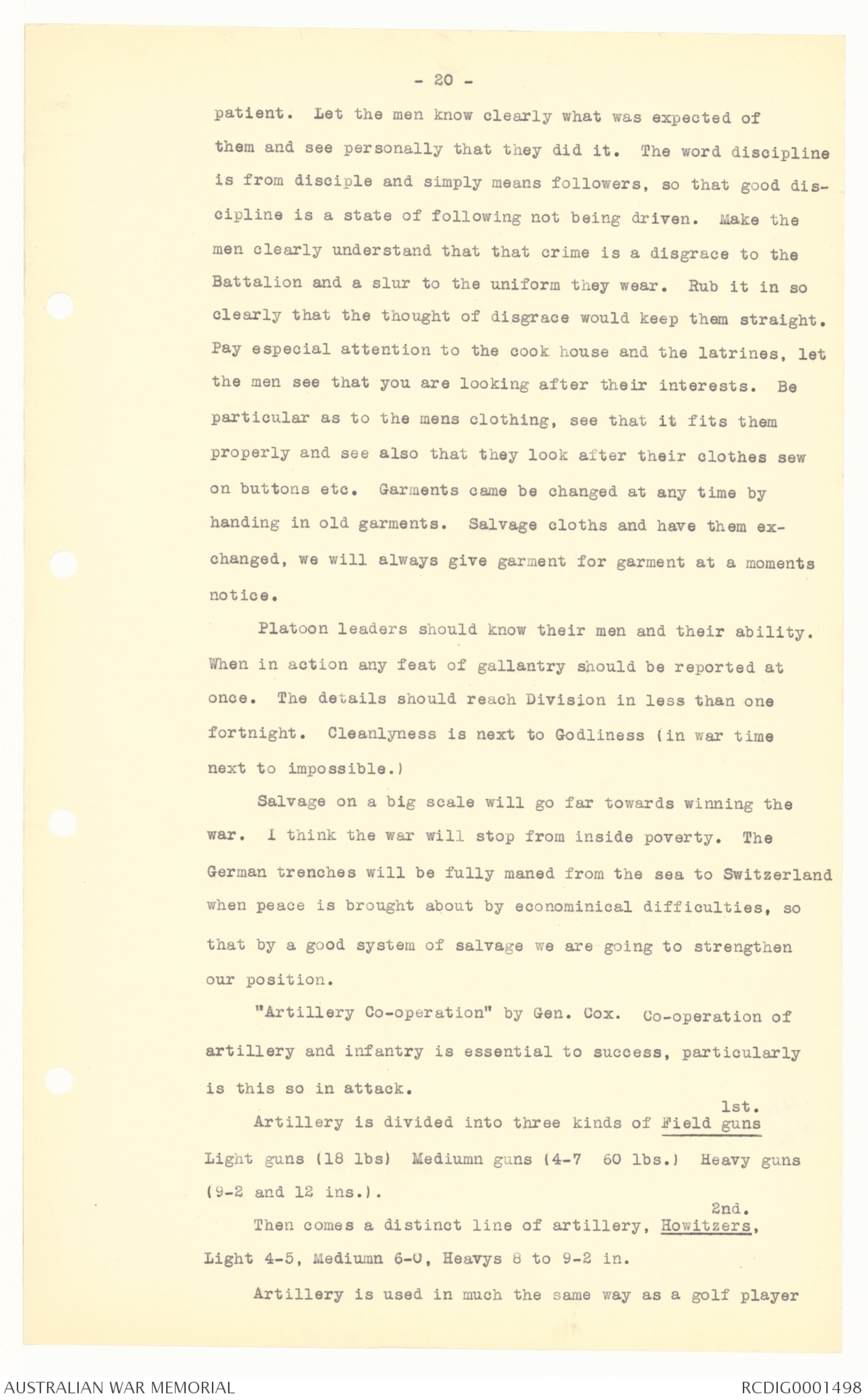
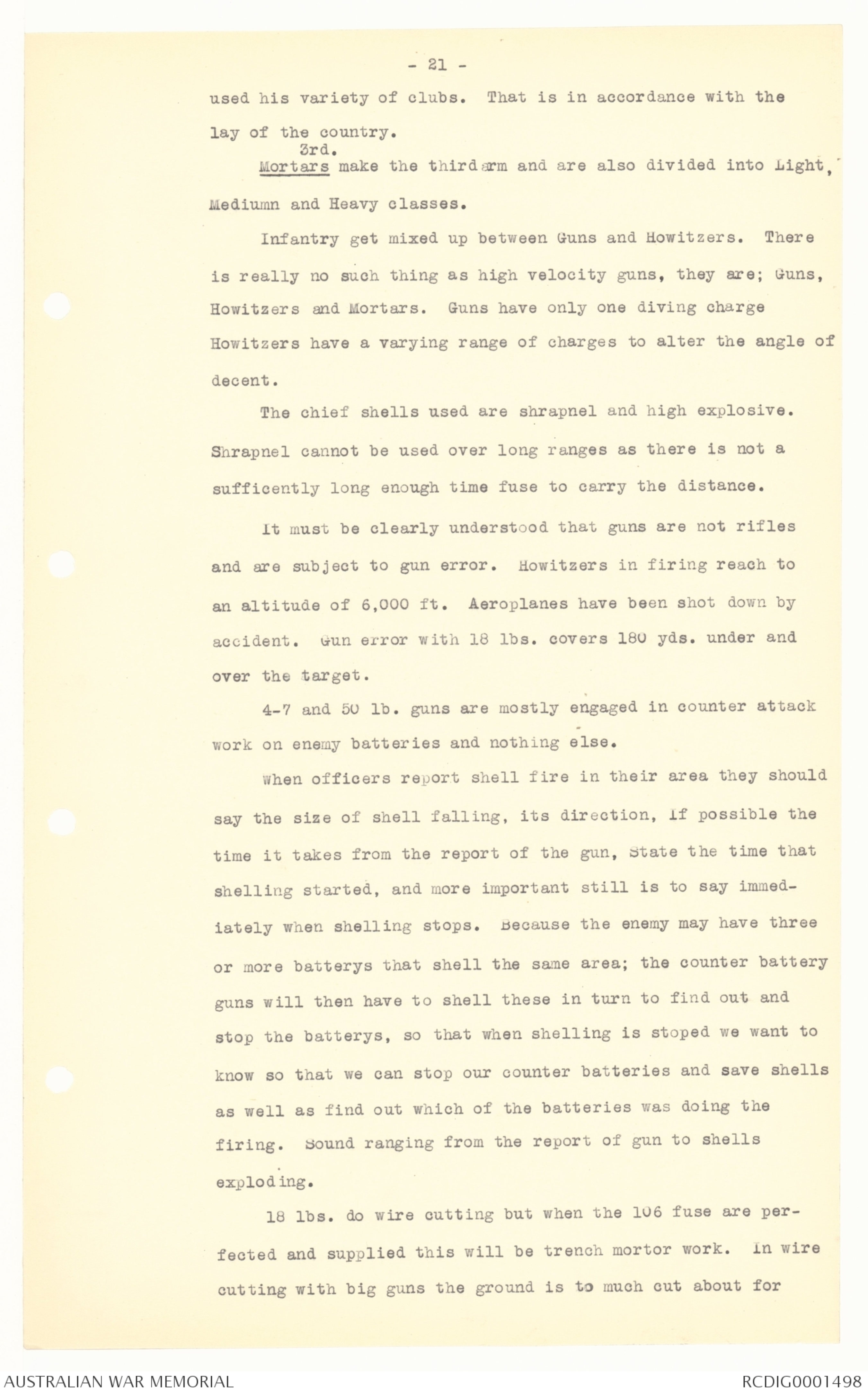
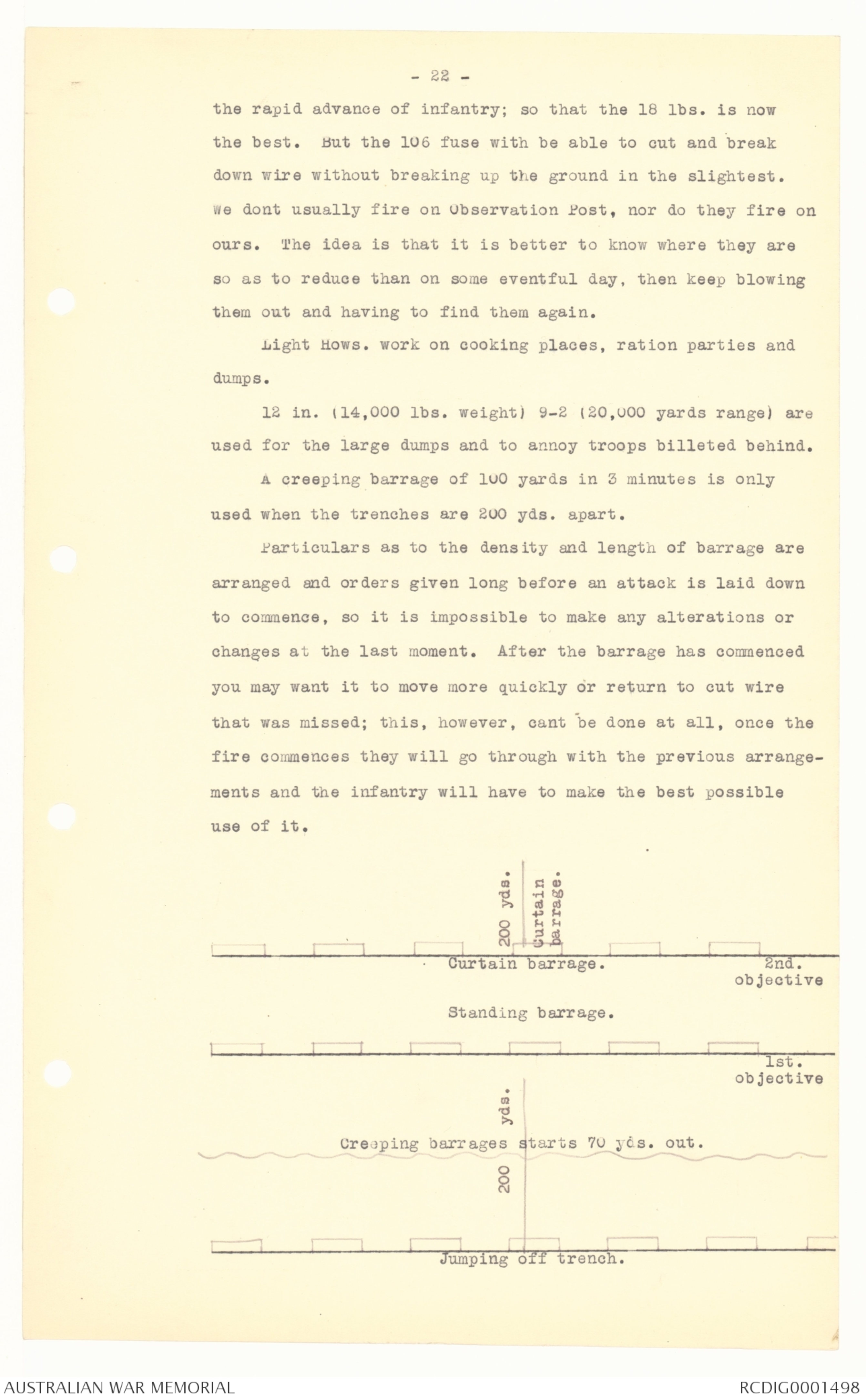
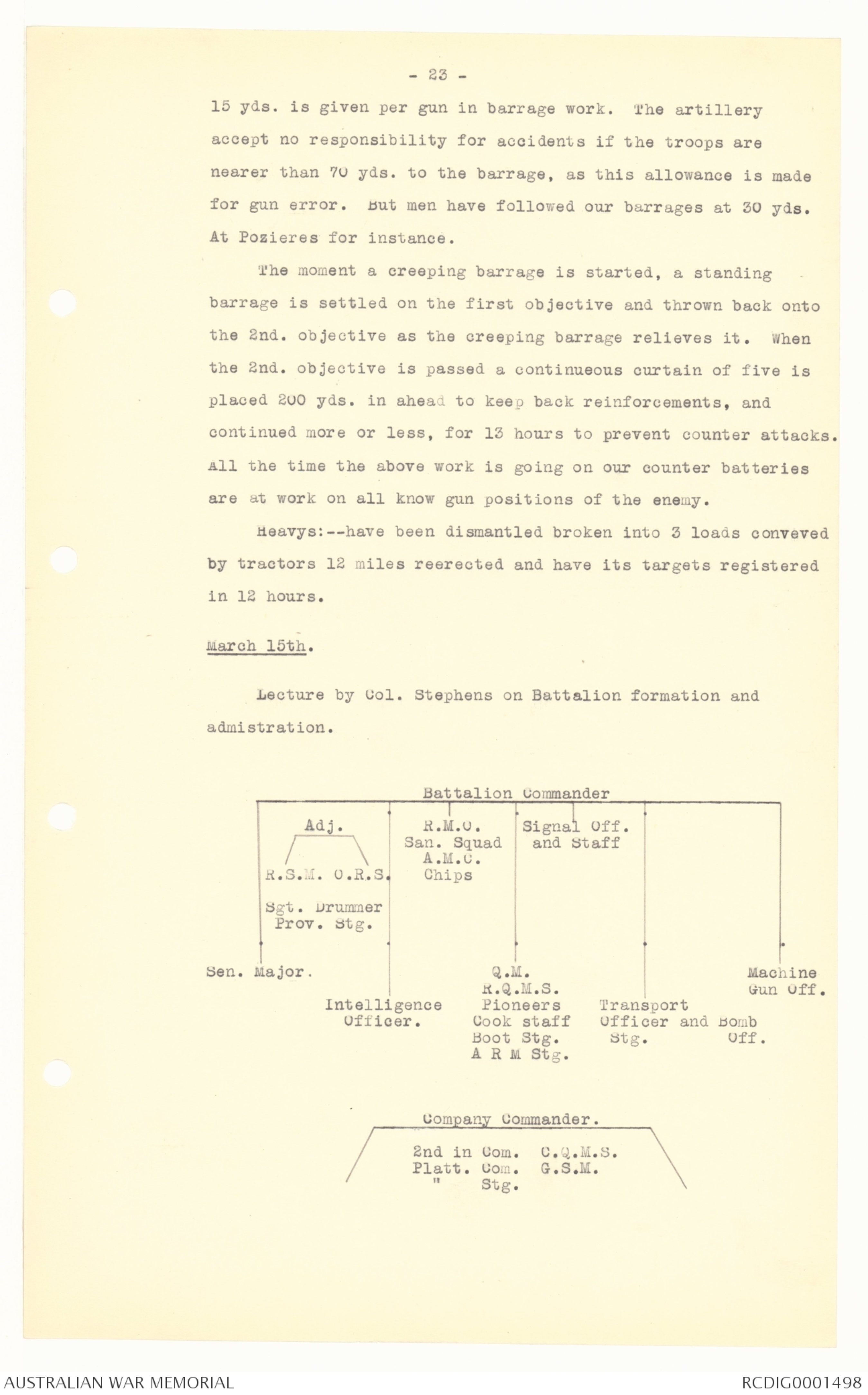
- 14 -
lay down in "Musketry No. 1." Several others were called upon and
showed that they were more familiar with the subject matter than
they were with speaking.
I am gaining much information; but there is so much to grasp
that I fear my practical work will suffer in consequence. We get
so very little time to study at all. At night time there is no
convenient place to read or write.
March 10th. Saturday.
After a short march around the block
we were all taken into the lecture room
where Col. Stephen spoke upon "Sentrys and
Guards" for 30 minutes; we then retired
to the parade ground and carried through
the ceremony of changing guard and posting
a guard. After which there was some "standing
loading" with live cartridges, and
later squad drill. My shoulder is very
painful and any exercise down with the
right shoulder is slow and very sore.
Afternoon:--A lecture by Major Harris
on the new formation of a Company in attack.
It differs little from the formation
practiced by 1st. Bn. but in the main features
it was similar. After the lecture it was
practiced in the mud as a drill movement
and was very simple.
In carrying out this system of attack
it seemed to work splendidly. Each section
is trained to take any special work. The
bombers are not essentially bombers, but
really bayonet men until the trench is
taken then if there is bombing to be done
they are called out to do it. This will
most likely be on either of the flanks
therefore they occupy the outside position.
Position of sections in Trench.
_________________________________________________________________________________________
Platoon com. Coy. Hdqs. of Platoon com.
14.13.6.5. and serg. 16.15.8.7. 14 men. 12.11.4.3. and sergeant. 10.9.2.1.
_________________________________________________________________________________________
Moppers up. 1.5.9.1.3. Bombers. Moppers up. Left flank.
2.6.10.14. Lewis Gun.
3.7.11.15. Rifleman.
4.8.12.16. Riflebombers.
- 15 -
At 5 p.m. Capt. Maltby lectured on "March Discipline" is very
good, and clear style. He said that food, water dress smoking and
pace regulation, are the foremost features to consider on the march.
Platoon commandes should see that the men wash their feet after a
march and see that their boots and socks when issued fit properly.
No compliments are given on the march. If two Battalions pass
a salute from the commander is sufficient.
March 11th. Sunday.
Parade was half an hour later this morning. With the officers
in Sam Browns and the men "drill order" we marched onto one of the
numerous parade grounds nearby, and with Colonel Stephens in charge,
ceremonial work was carried out. It was very instructive indeed.
From 1030 the day was free, so I went with Sampson and Bennett
into Amiens by the 11 20 returning by the 18 20 from Amiens with
a number of parcels.
March 12th. Monday.
Morning Parade:--
Section drill.
Musketry.
Guards and Sentrys.
We were on the "Roman Camp" parade ground. I was called out to drill
the section, under direction from the instructor which is a much
more difficult matter than drilling a section at ones own leisure.
Owing to the damaged shoulder I was unable to do musketry.
Afternoon parade:--
Lewis Gun demonstration one hour.
Squad drill.
The stripping and explanation of the Lewis gun was very good.
1730 Lecture "Intelligence" by Army Corps officer. This lecture
was of one hours duration, but never at any period failed to hold
the attention of the listeners. In an easy, even tone the lecturer
dealt with the form of "Intelligence" that would be needed in open,
or semi-open, warfare which was likely to present itself through
out this Summer.
Each department Division, Battalion and Companys should have
- 16 -
properly trained and reliable observers to follow every movement
in the enemy lines. To study the ways and habits of the Germans
so as to note any change that he might make.
Patroles must be always out watching the enemy; to find out
if possible the strength of his trenches the number of men in them
and whether he is showing any signs of a further retirement. Reports
must be sent in immediately anything worth reporting is seen and
one cannot be over careful in noting the little things that on
casual thought might be considered of no importance.
As valuable information would be useless without proper means
of communication we must dealt with communication at once. Telephone
is out of consideration so messages must be sent by runners of
through signallers. The daylight signaling lamps appear to be
the quikest and most reliable means is reasonable weather. Maps
should be carefully read and studied before going into the war zone
so that the observers etc. are familiar with the names of roads the
directions of same, and the position of the villages.
Search parties should be carefully selected to look over the
newly captured ground for papers or documents of any kind. Recently
a German order was taken showing that all evidences of their
occupation in paper form must be systematicly destroyed; Names on
walls or names on directing posts to trenches etc. must be obliterated.
This, they are doing so that information is very difficult to
obtain now. A dirty looking and poorly made map was recently
handed to Corps. which turned out ot be of utmost value showing as
it did 12 machine gun position. Prisoners are of vital interest in
the obtaining of information so they should be hurried back as
quickly as possible. Care should be taken that officers or N.C.O.s
are not allowed to converse with these men, as they may influence
them not to talk. Time fuses and shell directions are especially
valuable as we then know the range and if the guns are being removed
back preparing for a further retirement.
March 13th. Tuesday.
A lecture with VISUAL TRAINING for the subject will be given
by the officers after dinner to-night. In the practical work I
- 17 -
fancy my work would pass. But theoretical work as laid down in
Musketry No. 1 will probably beat me if called out to speak upon
it to-night. I will fight on, however, and have gathered together
the following:--
The foremost point appears to be the stimulation of each
soldiers powers of discernment and recognition of ranges and distances.
Visual training will include a general study of reconnaissance.
Targets must be recognised by word of mouth so as to
accquaint men with an easy mode of description which may necessitate
the use of more or less technical terms.
Owning to the different formations of the country here in
France, such as villages, woods, valleys and plains, each day or
hour bringing forward a change of light effects continual study is
essential in the ranging of sights and the recognition of objects.
Men trained on the plains of Australia in observing and judging
the distance of wild turkey will be lost in the forest and scrub
country near the coast or over water and hills.
The tendency of modern warfare is invisability. The uniforms
are make of colours that coincide with the natural surroundings, and
men are also trained to take advantage of same. Smokeless powder
adds to the difficulties of observation.
In our army there are two kinds of men the city, and the
country man. The former is considered the more intelligent, but
he has not been trained to look long distances ahead and to be as
observant or as good a judge of numbers or distance as is the
country man.
Glasses have the advantage of examinating what the men have
seen with the naked eye, and therefore are useful in checking their
faults in discernment.
Four very important headings should be remembered in connection
with "Visual Training" they are B.O.E.R. and mean respectively
Barrack training, Open air training, Explaination and Recognition.
Morning parade.
Platoon drill 1 hour
Musketry 1 "
Bombing 1 "
- 18 -
Afternoon Parade.
Lewis gun parts and stripping.
Company in attack, practice.
Lecture by Colonel Hore at 5.30 on "Machine Gun Tactics".
The Colonel was well up with his subject and explained clearly
on the blackboard the best positions for the most effective use of
a Vickers gun in some open warfare and how ground that cannot be
covered by these big guns should be covered by the Lewis gun, or
wire barrackades built to turn the raiders or attackers onto the
zone of fire. Concealment is the essential point and guns should
be used on the flanks as far as is possible.
One Vickers is equal to 50 men and with it there is not the
same difficulty as with rifles in the concentration of fire.
The Vickers has a great advantage over the Lewis in that it
has a revolving platform and is water cooled. The Lewis holds an
advantage in being easily handled and carried about; particularly
in an attack. Here it can be employed as an offensive weapon while
the Vickers is a defensive weapon. Only under extreme condition
can it assist in an attack, that is when the objective is up the
side of a hill or fast rising slope, then it can keep the enemys
heads down until our men are upon them.
March 14th. Wednesday.
Morning Parade.
Physical training and Bayonet fighting.
Musketry.
Platoon drill.
Afternoon Parade.
Sports (Football).
March 15th.
"Reconnaissance."
Subject prepared for after dinner lecture by officers:--
Aeroplanes play such a valuable part in reconnaissance work
at the present time that patrole or scouts parties have not the
same scope, or is their so much need for their endeavours, with air
photography developed to so remarkable and reliable point. Nevertheless,
there is yet a whole lot of personal work that company or
- 19 -
battalion scouts will be required to do, more especially
with the possibility of semi-open warfare.
Infantry scouts work on foot and usually operate near
the force to which they belong. The value of the work done
depends largely upon the orders they receive; a specially
defined objective must be given them, and it will be impressed
upon the scout leader the actual questions he will be expected
to answer upon his return. Scouting parties will avoid combat
with the enemy as far as possible but they must be prepared
to fight at any moment. They should be sound physically and
in good condition. Be able to form sound conclusions from
signs, such as clouds of dust footprints etc. Understand the
various forms of signalling and give in consise reports as
well as sketches showing full detail.
March 15th. Thursday.
Morning Parade:--
Platoon drill; and inspection by General Walker.
A lecture "Administration" by Col. Foott.
Afternoon:--
Lecture "Artillery Co-operation" by General Cox.
Physical training.
Lewis Gun (mechinism) .
5.30 p.m. Lecture by Col. Stephens Battalion . . . . . . . x
and Formation.
After dinner the lecture by officers on "Reconnessance"
was not called for by the Colonel.
Colonel Foott, said that he wished to have a chat, moreso,
than a lecture with the Officers.
Administration in all its branches came under his department
other than while the Battalion was in the trenches. He
dealt with his department as though it was to the troops what
the invisable working of a clock was to the clock itself.
The word discipline makes you all think of crimes and
punishments; but really it was the opposite; Good order and
discipline was arrived at and maintained by being firm and
x Interior?
- 20 -
patient. Let the men know clearly what was expected of
them and see personally that they did it. The word discipline
is from disciple and simply means followers, so that good discipline
is a state of following not being driven. Make the
men clearly understand that that crime is a disgrace to the
Battalion and a slur to the uniform they wear. Rub it in so
clearly that the thought of disgrace would keep them straight.
Pay especial attention to the cook house and the latrines, let
the men see that you are looking after their interests. Be
particular as to the mens clothing, see that it fits them
properly and see also that they look after their clothes sew
on buttons etc. Garments came be changed at any time by
handing in old garments. Salvage cloths and have them exchanged,
we will always give garment for garment at a moments
notice.
Platoon leaders should know their men and their ability.
When in action any feat of gallantry should be reported at
once. The details should reach Division in less than one
fortnight. Cleanlyness is next to Godliness (in war time
next to impossible.)
Salvage on a big scale will go far towards winning the
war. I think the war will stop from inside poverty. The
German trenches will be fully maned from the sea to Switzerland
when peace is brought about by the econominical difficulties, so
that by a good system of salvage we are going to strengthen
our position.
"Artillery Co-operation" by Gen. Cox. Co-operation of
artillery and infantry is essential to success, particularly
is this so in attack.
"Artillery is divided into three kinds of Field Guns ^1st.
Light guns (18 lbs) Mediumn guns (4-7 60 lbs.) Heavy guns
(9-2 and 12 ins.).
Then comes a distinct line of artillery, 2nd. Howitzers, ^ 2nd.
Light 4-5, Mediumn 6-0, Heavys 8 to 9-2 in.
Artillery is used in much the same way as a golf player
- 21 -
used his variety of clubs. That is in accordance with the
lay of the country.
Mortars ^3rd. make the third arm and are also divided into Light,
Mediumn and Heavy classes.
Infantry get mixed up between Guns and Howitzers. There
is really no such thing as high velocity guns, they are; Guns,
Howitzers and Mortars. Guns have only one diving charge
Howitzers have a varying range of charges to alter the angle of
decent.
The chief shells used are shrapnel and high explosive.
Shrapnel cannot be used of long ranges as there is not a
sufficiently long enough time fuse to carry the distance.
It must be clearly understood that guns are not rifles
and are subject to gun error. Howitzers in firing reach to
an altitude of 6,000 ft. Aeroplanes have been shot down by
accident. Gun error with 18 lbs. covers 180 yds. under and
over the target
4-7 and 50 lb. guns are mostly engaged in counter attack
work on enemy batteries and nothing else.
When officers report shell fire in their area they should
say the size of shell falling, its direction. If possible the
time it takes from the report of the gun, state the time that
shelling started, and more important still is to say immediately
when shelling stops. Because the enemy may have three
or more batterys that shell the same area; the counter battery
guns will then have to shell these in turn to find out and
stop the batterys, so that when shelling is stoped we want to
know so that we can stop our counter batteries and save shells
as well as find out which of the batteries was doing the
firing. Sound ranging from the report of gun to shells
exploding.
18 lbs. do wire cutting but when the 106 fuse are perfected
and supplied this will be trench mortor work. In wire
cutting with big guns the ground is to much cut about for
- 22 -
the rapid advance of infantry; so that the 18 lbs. is now
the best. But the 106 fuse with be able to cut and break
down wire without breaking up the ground in the slightest.
We dont usually fire on Observation Post, nor do they fire on
ours. The idea is that it is better to know where they are
so as to reduce than on some eventful day, then keep blowing
them out and having to find them again.
Light Hows. work on cooking places, ration parties and
dumps.
12 in. (14,000 lbs. weight) 9-2 (20,000 yards range) are
used for the large dumps and to annoy troops billeted behind.
A creeping barrage of 100 yards in 3 minutes is only
used when the trenches are 200 yds. apart.
Particulars as to the density and length of barrage are
arranged and orders given long before an attack is laid down
to commence, so it is impossible to make any alterations or
changes at the last moment. After the barrage has commenced
you may want it to move more quickly or return to cut wire
that was missed; this, however, cant be done at all, once the
fire commences they will go through with the previous arrangements
and the infantry will have to make the best possible
use of it.
Diagram - see original document
- 23 -
15 yds. is given per gun in barrage work. The artillery
accept no responsibility for accidents if the troops are
nearer than 70 yds. to the barrage, as this allowance is made
for gun error. But men have followed our barrages at 30 yds.
At Pozieres for instance.
The moment a creeping barrage is started, a standing
barrage is settled on the first objective and thrown back onto
the 2nd. objective as the creeping barrage relieves it. When
the 2nd. objective is passed a continueous curtain of five is
placed 200 yds. in ahead to keep back reinforcements, and
continued more or less, for 13 hours to prevent counter attacks.
All the time the above work is going on our counter batteries
are at work on all know gun positions of the enemy.
Heavys:--have been dismantled broken into 3 loads conveved
by tractors 12 miles reerected and have its targets registered
in 12 hours.
March 15th.
Lecture by Col. Stephens on Battalion formation and
admistration.
Diagram - see original document
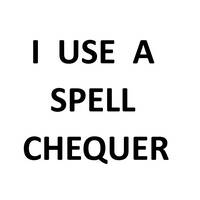 Not Yet Replaced By AI
Not Yet Replaced By AIThis transcription item is now locked to you for editing. To release the lock either Save your changes or Cancel.
This lock will be automatically released after 60 minutes of inactivity.